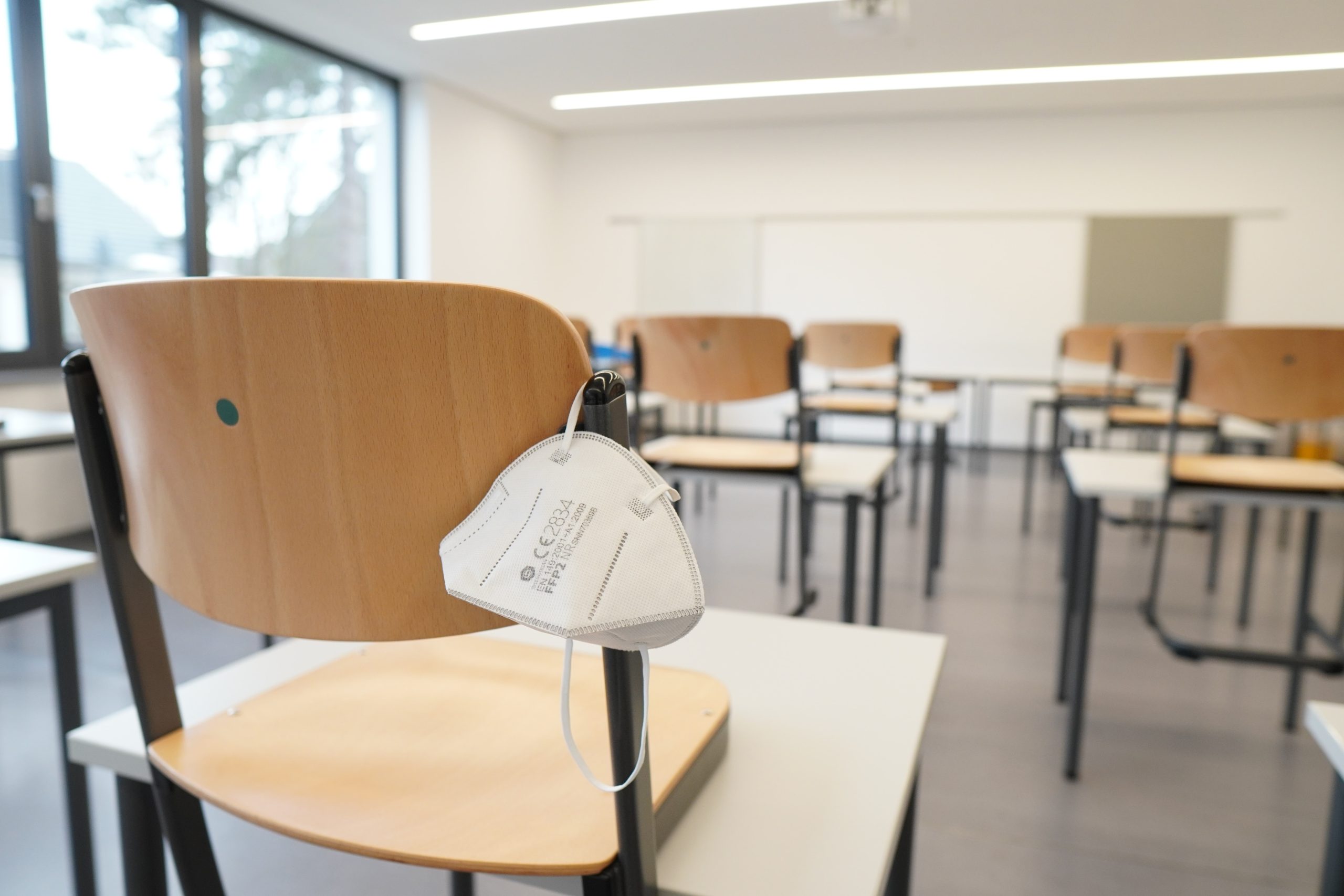
Trey Paul, FISM News
[elfsight_social_share_buttons id=”1″]
Alarming new data shows children and newly enrolled college students are continuing to feel the widespread repercussions of school closures during COVID-19 lockdown policies.
Backed by data from the Illinois State Board of Education (ISBE), a new report from Wirepoints shows not a single student can do grade-level math in 53 different Illinois schools and not a single student can read at grade level in 30 schools. Shockingly, many of the schools are rated “commendable” by the ISBE.
Not a single student can do math at grade level in 53 #Illinois schools. For reading, it’s 30 schools. Not 1 single student. Education data from @ISBEnews
It's yet another indictment of the state’s educational system. Via @Wirepointshttps://t.co/rMZlnHjcgK #twill #SchoolChoice… pic.twitter.com/meKyUDo7sk
— Wirepoints (@Wirepoints) February 14, 2023
NOT A FUNDING PROBLEM
The failure doesn’t appear to be about a lack of funding. A closer look at the data reveals that spending at one school was already at $20,000 per student before the pandemic. Now that school is spending $35,600 per student.
Illinois state Senator Willie Preston (D-Chicago), a father of six, told FOX News that school funding should be spent wisely post-pandemic.
“Government isn’t the anthem for all things,” Sen. Preston said. “I think that we have to reengage parents, have parents actively take a role inside the schools when they can be, but in addition, we need to make certain that we spend our money in the right way as it pertains to our children’s education.”
Sen. Preston says school closures during the pandemic played a key role in the academic decline.
“I believe this is something that is a byproduct of some of our policies that we were taking during COVID,” Sen. Preston said. “This is a very serious issue and one that as a father and as a lawmaker, I’m going to be addressing feverishly.”
NEW YORK GRADS STRUGGLING
Meanwhile, data from New York City further supports that what is happening in Chicago is a result of a post-pandemic-shutdown academic downfall.
According to a report in the New York Post, nearly half of all New York City public school graduates who attend local community colleges are having to take remedial classes to make it through their first semester.
Nearly half of NYC DOE grads at CUNY need remedial classes https://t.co/VHddj8TlU7 pic.twitter.com/PZYVLtTqeP
— New York Post (@nypost) February 26, 2023
“Most of the kids we get from New York City schools are underprepared for college,” said Mohammad Alam, assistant dean of enrollment at Borough of Manhattan Community College.
Last Fall, students in at least seven community colleges in New York had to enroll in remedial classes. According to a City University New York spokesperson, 5,046 former NY Department of Education students were enrolled in a remedial math course, while 4,250 had to take remedial English.
“I don’t think high schools, especially public schools in The Bronx, prepared me enough,” said Priscilla Walker, a Bronx mom of two who at 29 is still struggling to earn an associate’s degree from BMCC. “That’s how the public school system runs: ‘These are not my kids; I just don’t care.’”
There’s no denying the pandemic disrupted the high school educations of students all across America. But whether or not students are arriving at college unprepared mostly because of COVID-19 is up for debate.
NATIONWIDE SETBACKS
U.S. students in most states demonstrated setbacks in both math and reading, according to the latest “Nation’s Report Card.” Looking at the nation’s first results since the pandemic began, math scores for eighth graders fell in nearly every state. Only 26% of eighth graders were proficient in math, down from 34% in 2019.
“These statistics confirm what American parents have known for two years — virtual schooling was an utter disaster not only for our children’s mental health but for their academic performance as well,” Parents Defending Education President Nicole Neily said.
Any adult who’s suffered through a Zoom conference call understands why putting 20+ children on a Zoom for 7 hours per day was ineffective — and initiatives like ‘asynchronous’ learning which broke classes into smaller groups also failed, because far too many students were incapable of self-directed learning.
Sen. Preston says students who are failing in the Chicago area aren’t solely a byproduct of pandemic lockdowns or poor teachers.
“I don’t know that it’s fair to lay this all at the feet of teachers. I think there are other factors,” Sen. Preston said. “There are a lot of children that are facing homelessness that are not attending classes regularly. There are a number of factors in addition to that … a lot of these children are coming from poverty-stricken communities.”
Chicago Public Schools released a statement about the Wirepoint finding. It reads, in part:
The majority of schools listed in the recent Wirepoints report are CPS Options Schools, which serve students who re-enrolled after dropping out. Options Schools serve some of our most vulnerable students who face higher rates of challenges related to special education, housing instability, involvement in the justice system, and victimization. The combination of these challenges lead to higher rates of mobility, transiency, chronic absenteeism, and disengagement from school for extended periods of time.
